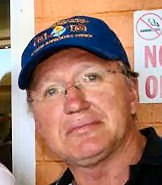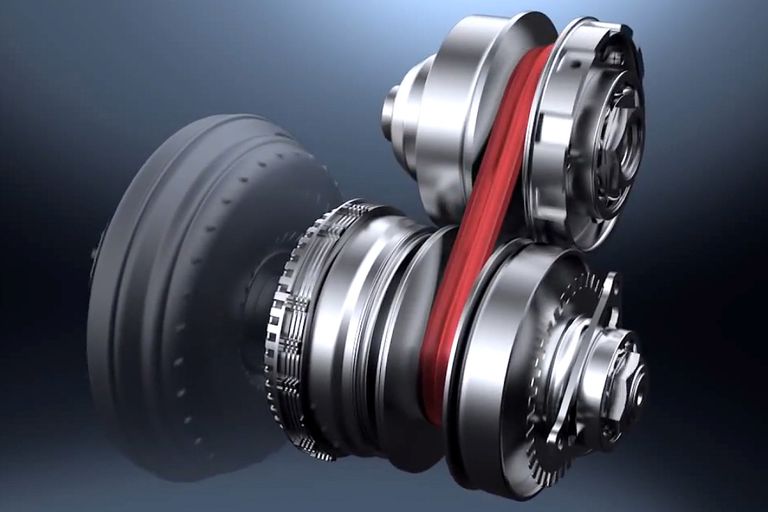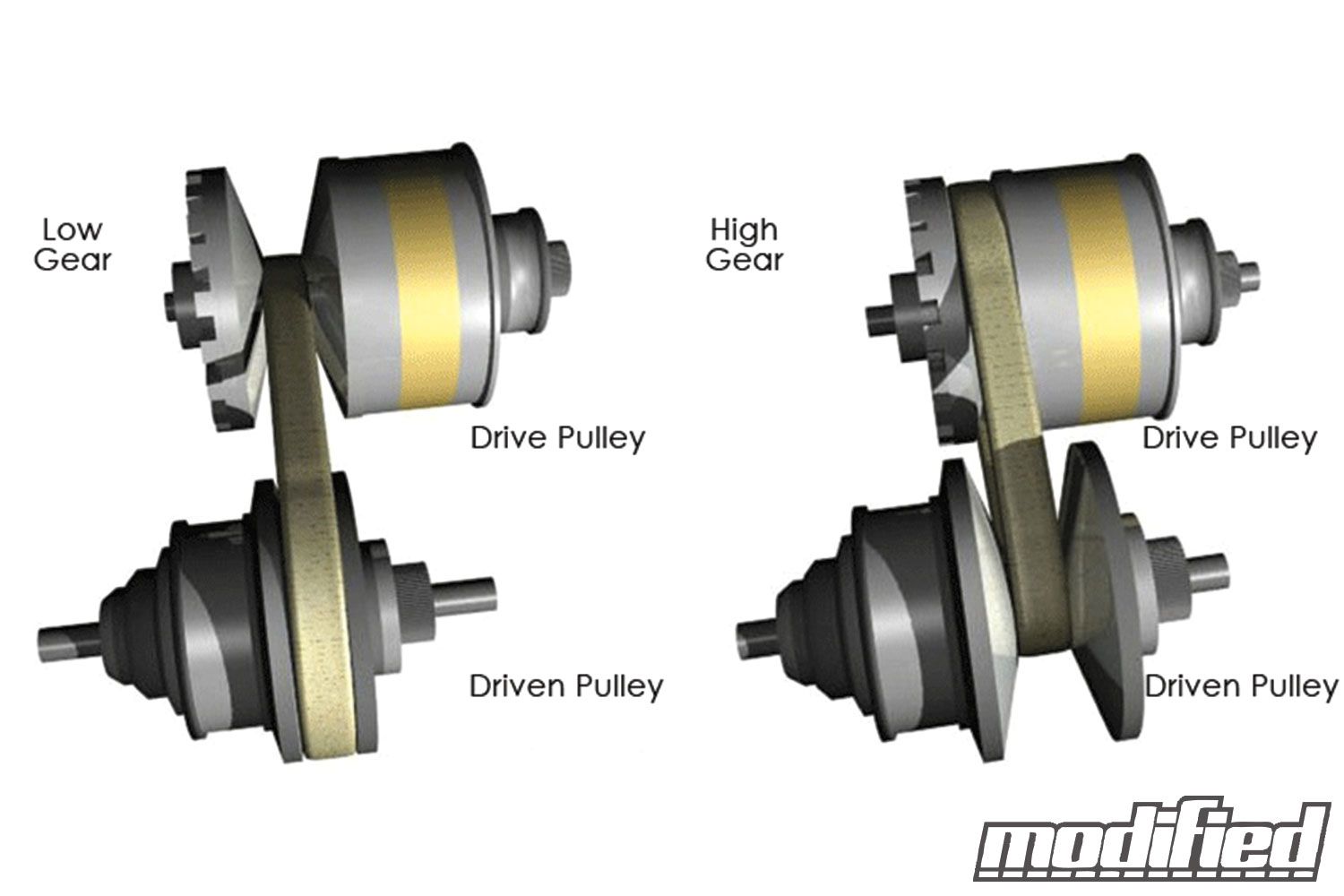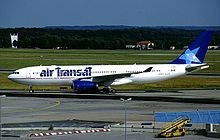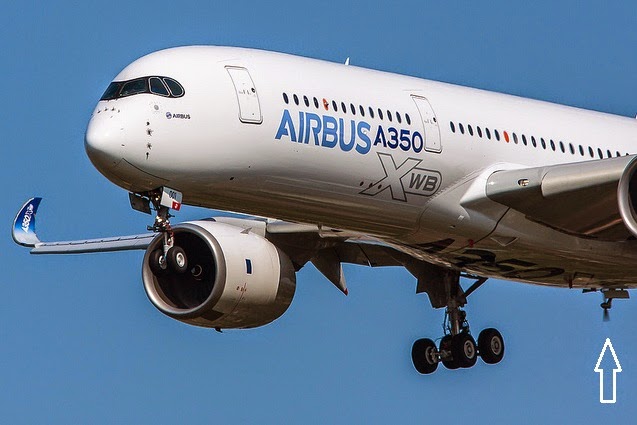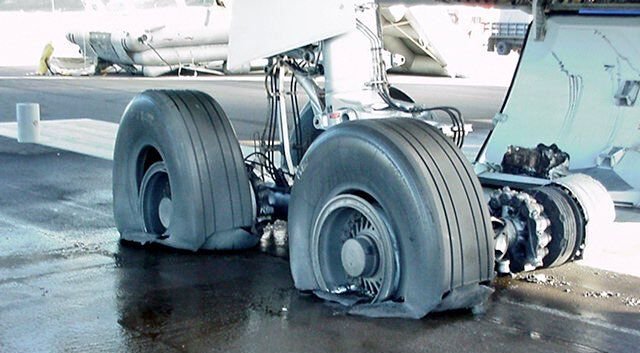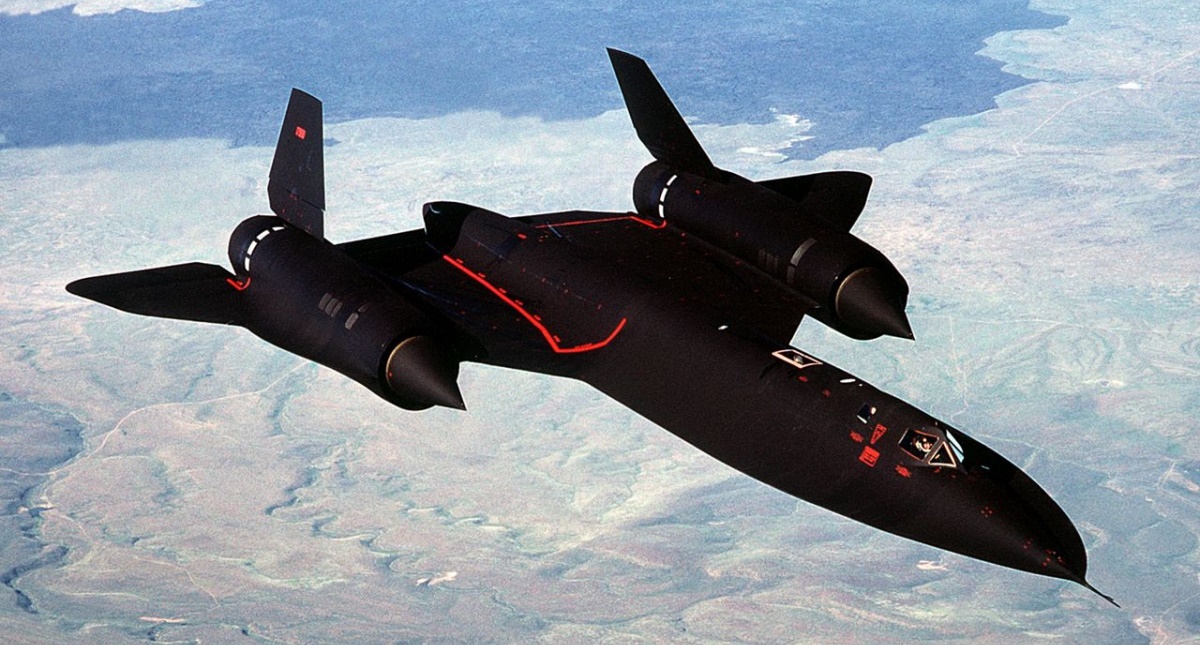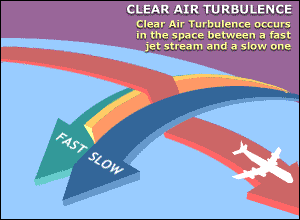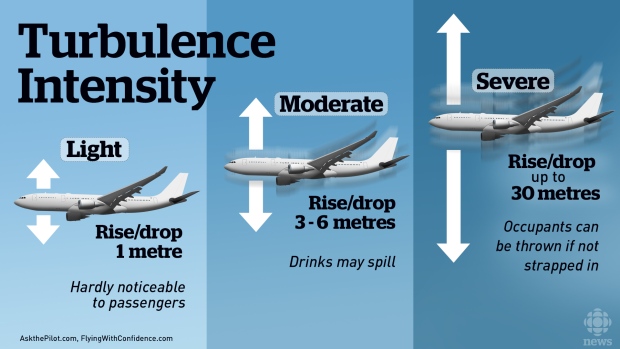|
|
||
|
||
|
Privacy Policy | Editorial Policy | Profit Policy | Join the Association | List of Members | Contact us | Index | Links |
||
|
Back Go to page: 1 2 3 4 5 6 7 8 9 10 11 12 13 14 15 16 17 18 19 20 Forward
|
||
|
Allan George’s Gems.
|
||
|
|
||
|
LastPass.
There are a lot of free programs which you can download which will store all those passwords in a very secure environment and which will automatically fill in the required password when it is needed. All you need to remember is the one master password and the software does the rest. One of the better of these freebies is LastPass.
Click the link for a demo. https://youtu.be/ynDcQcsaeck And click HERE if you wish to download it.
The CVT gearbox.
What is continuously variable transmission (CVT)?
A continuously variable transmission, or CVT, is a type of automatic transmission that provides more useable power, better fuel economy and a smoother driving experience than a traditional automatic transmission.
Conventional automatic transmissions use a set of gears that provides a given number of ratios (or speeds). The transmission shifts gears to provide the most appropriate ratio for a given situation: Lowest gears for starting out, middle gears for acceleration and passing, and higher gears for fuel-efficient cruising.
The CVT replaces the gears with two variable-diameter pulleys, each shaped like a pair of opposing cones, with a metal belt or chain running between them. One pulley is connected to the engine (input shaft) and the other to the drive wheels (output shaft). The halves of each pulley are movable; as the pulley halves come closer together the belt is forced to ride higher on the pulley, effectively making the pulley's diameter larger.
|
||
|
|
||
|
Changing the diameter of the pulleys varies the transmission's ratio (the number of times the output shaft spins for each revolution of the engine), in the same way that a 10-speed bike routes the chain over larger or smaller gears to change the ratio. Making the input pulley smaller and the output pulley larger gives a low ratio (a large number of engine revolutions producing a small number of output revolutions) for better low-speed acceleration. As the car accelerates, the pulleys vary their diameter to lower the engine speed as car speed rises.
This is the same thing a conventional transmission does, but instead of changing the ratio in stages by shifting gears, the CVT continuously varies the ratio -- hence its name.
The controls for a CVT are the same as an automatic: Two pedals (accelerator and brake) and a P-R-N-D-L-style shift pattern. When driving a car with a CVT, you won't hear or feel the transmission shift -- it simply raises and lowers the engine speed as needed, calling up higher engine speeds (or RPMs) for better acceleration and lower RPMs for better fuel economy while cruising.
Many people find the CVT disconcerting at first because of the way cars with CVTs sound. When you step hard on the accelerator, the engine races as it would with a slipping clutch or a failing automatic transmission. This is normal -- the CVT is adjusting the engine speed to provide optimal power for acceleration. Some CVTs are programmed to change ratios in steps so that they feel more like a conventional automatic transmission.
Engines do not develop constant power at all speeds; they have specific speeds where torque (pulling power), horsepower (speed power) or fuel efficiency are at their highest levels. Because there are no gears to tie a given road speed directly to a given engine speed, the CVT can vary the engine speed as needed to access maximum power as well as maximum fuel efficiency. This allows the CVT to provide quicker acceleration than a conventional automatic or manual transmission while delivering superior fuel economy.
The CVT's biggest problem has been user acceptance. Because the CVT allows the engine to rev at any speed, the noises coming from under the bonnet sound odd to ears accustomed to conventional manual and automatic transmissions. The gradual changes in engine note sounds like a sliding transmission or a slipping clutch -- signs of trouble with a conventional transmission, but perfectly normal for a CVT. Flooring an automatic car brings a lurch and a sudden burst of power, whereas CVTs provide a smooth, rapid increase in maximum power. To some drivers this makes the car feel slower; in fact, a CVT will generally out-accelerate an automatic.
Carmakers have gone to great lengths to make the CVT feel more like a conventional transmission. Many CVTs are programmed to simulate the "kick-down" feel of a regular automatic when the pedal is floored. Some CVTs offer a "manual" mode with steering-wheel-mounted paddle shifters that allows the CVT to simulate a conventional stepped transmission. Because early automotive CVTs were limited as to how much horsepower they could handle, there has been some concern about the long-term reliability of the CVT. Advanced technology has made the CVT much more robust. Nissan has more than a million CVTs in service around the world and says their long-term reliability is comparable to conventional transmissions.
Several hybrids, including the Toyota Prius family, use a type of transmission called a power-split transmission. While the power split feels like a CVT, it does not use the belt-and-pulley arrangement; instead, it uses a planetary gearset with both a petrol/diesel engine and electric motor providing inputs. By varying the speed of the electric motor, the speed of the petrol/diesel engine is also varied, allowing the petrol/diesel engine to either run at a constant speed as the car accelerates or to stop completely.
|
||
|
|
||
|
Leonardo DaVinci sketched the first CVT in 1490. Dutch automaker DAF first started using CVTs in their cars in the late 1950s, but technology limitations made CVTs unsuitable for engines with more than 100 horsepower. In the late 1980s and early 90s, Subaru offered a CVT in their Justy mini-car, while Honda used one in the high-mileage Honda Civic HX of the late 90s. Improved CVTs capable of handling more powerful engines were developed in the late 90s and early 2000s, and CVTs can now be found in cars from Nissan, Audi, Honda, Mitsubishi, and several other automakers.
Click below to watch a video showing how the gearbox works.
OK.
There have been numerous attempts to explain the emergence of this expression, which seems to have swept into popular use in the US during the mid-19th century. Most of the attempts are pure speculation. It does not seem at all likely from the linguistic and historical evidence, that it comes from the Scottish expression och aye, the Greek ola kala ('it is good'), the Choctaw Indian oke or okeh ('it is so'), the French aux Cayes ('from Cayes', a port in Haiti with a reputation for good rum) or au quai ('to the quay', as supposedly used by French-speaking dockers), or the initials of a railway freight agent called Obediah Kelly who is said to have written them on documents he had checked.
A more likely explanation is that the term originated as an abbreviation of orl korrekt , a jokey misspelling of 'all correct' which was current in the US in the 1830s. The oldest written references result from its use as a slogan by the Democratic party during the American Presidential election of 1840. Their candidate, President Martin Van Buren, was nicknamed 'Old Kinderhook' (after his birthplace in New York State), and his supporters formed the 'OK Club'. This undoubtedly helped to popularize the term (though it did not get President Van Buren re-elected).
The only other theory with at least a degree of plausibility is that the term originated among Black slaves of West African origin, and represents a word meaning 'all right, yes indeed' in various West African languages. Unfortunately, historical evidence enabling the origin of this expression to be finally and firmly established may be hard to unearth.
Farewell Orion.
The AP-3C Orion, which was based on the Lockheed Electra, the turbo-prop passenger carrying aircraft that entered service with Ansett-ANA in 1959, is an extremely versatile aircraft capable of land and maritime surveillance, anti-submarine and anti-ship warfare, naval fleet support, and search and rescue operations.
The Orion aircraft first entered military service in 1968 as the P-3B model, with the P-3C variant first introduced in 1978. Following several modification projects the significantly upgraded AP-3C Orion (current) were introduced into service in 2002. The AP-3C is a significantly enhanced capability from the first P-3B model; now fitted with a variety of sensors, including digital multi-mode radar, electronic support measures, electro-optics detectors (infra-red and visual), magnetic anomaly detectors, friend or foe identification systems and acoustic detectors. Based at Edinburgh, in 2012 the AP-3C Orion ceased 10 years of operational service in the Middle East, completing 2,400 missions with more than 3,500 personnel deployed throughout the period.
The AP-3C Orion aircraft is currently deployed on Operations RESOLUTE, GATEWAY, SOLANIA providing support to Border Protection and Fisheries patrols within the South East Asia and Pacific regions. On these missions the Orion may work alone or in conjunction with other aircraft or ships. Wartime missions could include maritime strike using either torpedoes and/or Harpoon anti-shipping missiles. Due to the AP-3C's excellent surveillance abilities, the Orion is often called on to assist civil authorities in maritime search and rescue operations including survivor search and supply (air drop) missions. Notably, the AP-3C Orion was the primary Australian aircraft utilised in the search for missing Malaysian Airlines flight MH370.
The AP-3C Orion is in the process of a graduated draw down to retirement with the final aircraft planned withdrawal date in 2021. The AP-3C will be replaced by the P-8A Poseidon and MQ-4C Triton who will perform the vital functions of long range maritime patrol.
Click below to see a Channel 9 news report on the Orion’s retirement.
|
||
|
|
||
|
The psychiatrist was interviewing a first-time patient. "You say you're here," he inquired, "because your family is worried about your taste in socks?" "That's correct," muttered the patient. "I like wool socks." "But that's perfectly normal," replied the doctor. "Many people prefer wool socks to those made from cotton or acrylic. In fact, I myself like wool socks." "You DO?" exclaimed the man. "With oil and vinegar or just a squeeze of lemon?"
|
||
|
The Red Baron.
The following is a very rare piece of film. It shows Baron Von Richthofen, doing an external inspection and putting on a flying suit prior to a mission. Hermann Goering is also visible. The Baron was shot down on 21 April 1918 by Captain Roy Brown, a Canadian in the Royal Navy Air Services. Australian machine gunners also claim to have shot the Baron down. UK and Aussie Doctors, after the autopsy, stated that the fatal bullet was shot from above but the debate continues.
The film was put on line by a Director of the Roy Brown Museum in Carleton Place, Ontario (Roy Brown’s home town). Many letters have been written over the past 3-4 years and finally Roy Brown was inducted into the Canadian Aviation Hall of Fame on 4 June 2015… Watch the extremely rare, extremely old footage and re-live history. Notice the squirting of oil on the valve stems presumably prior to engine start.
Click below to watch video. |
||
|
|
||
|
|
||
|
Your home, as seen by you.
|
||
|
Click the pic to see how others see it.
|
||
|
PNG Pidgin.
Many years ago, the Reverend Paul Freyberg of the Lutheran mission in Madang, TPNG (as it was then), apart from translating the New Testament into the “Nupela Testamen” (New Testament) also translated several nursery rhymes from English into Pidgin. One of these was “The Three little Pigs” which resulted in “Tripela Liklik Pik”. Chief Superintendent Mike Thomas recorded the story in Pidgin and it was broadcast by the ABC. If you listen carefully you can understand most if it.
Click the pic to hear it.
|
||
|
Everyman thinks every woman’s dream is to find the perfect man. Please!! Every woman’s dream is to eat without getting fat!!
|
||
|
So, you want to be a race car driver, do you???
Nürburgring is a 150,000-capacity motorsports complex located in the town of Nürburg, Rhineland-Palatinate, Germany. It features a Grand Prix race track built in 1984, and a much longer old "North loop" track which was built in the 1920s around the village and medieval castle of Nürburg in the Eifel mountains. The north loop is 20.8 km (12.9 mi) long and has more than 300 metres (1,000 feet) of elevation change from its lowest to highest points. Jackie Stewart nicknamed the old track "The Green Hell".
Since its opening in 1927, the track has been used by the public for the so-called "Touristenfahrten," i.e. anyone with a road-legal car or motorcycle, as well as tour buses, motor homes, or cars with trailers. It is opened mainly on Sundays, but also many Saturdays and weekday evenings. The track may be closed for weeks during the winter months, depending on weather conditions and maintenance work. Passing on the right is prohibited, and some sections have speed limits.
While it is unusual for deaths to occur during sanctioned races, there are many accidents and several deaths each year during public sessions. It is common for the track to be closed several times a day for cleanup, repair, and medical intervention. While track management does not publish any official figures, several regular visitors to the track have used police reports to estimate the number of fatalities at somewhere between 3 and 12 in a full year. Jeremy Clarkson noted in Top Gear in 2004 that "over the years this track has claimed over 200 lives".
|
||
|
As a bagpiper, I play many gigs. Recently I was asked by a funeral director to play at a graveside service for a homeless man. He had no family or friends, so the service was to be at a pauper's cemetery in the Wagga back country. As I was not familiar with the area, I got lost, and being a typical man, I didn't stop for directions. I finally arrived an hour late and saw the funeral guy had evidently gone, and the hearse was nowhere in sight. There were only the diggers and crew left and they were eating lunch. I felt bad and apologized to the men for being late. I went to the side of the grave, looked down and saw that the vault lid was already in place. I didn't know what else to do, so I started to play.
The workers put down their lunches and began to gather around. I played out my heart and soul for this man with no family and friends. I played like I've never played before for this homeless man. And as I played "Amazing Grace", the workers began to weep. They wept, I wept, we all wept together. When I finished, I packed up my bagpipes and started for my car. Though my head was hung low, my heart was full.
As I opened the door to my car, I heard one of the workers say, "I never seen anything like that before, and I've been putting in septic tanks for twenty years."
Apparently, I'm still lost … it's a man thing. |
||
|
Air Transat Flight 236.
On August the 24th 2001, Canada’s Air Transat flight, enroute from Toronto to Lisbon, and while over the Atlantic Ocean, experienced a double engine failure due to fuel starvation.
The aircraft was an Airbus A330-243 and there were 293 passengers and 13 crew on board, all of whom survived.
The Airbus A330 had run out of fuel due to a fuel leak caused by improper maintenance. Captain Robert Piché, 48, an experienced glider pilot, and First Officer Dirk de Jager, 28, flew the plane to a successful emergency landing in the Azores, saving all 306 people. In 19 minutes, Piché and De Jager flew their plane without engine power some 120 km, further than any passenger jet in history. The previous record had also been set by Canadian pilots, during the 1983 Gimli Glider incident.
The aircraft first flew on March 16, 1999, configured with 362 seats and placed in service by Air Transat on April 28, 1999. It was powered by two Rolls Royce Trent 772B-60 engines capable of delivering 71,100lb thrust each. Leaving the gate in Toronto, the aircraft had 46.9 tonnes of fuel on board, 4.5 tonnes more than required by regulations.
Unknown to the pilots, at 04:38, fuel began to leak from the right engine. At 05:03 UTC, more than 4 hours into the flight, the pilots noticed low oil temperature and high oil pressure on engine #2. Although these readings were an indirect result of the fuel leak, there was no obvious reason for the pilots to consider that as the cause. Consequently, Captain Robert Piché, who had 16,800 hours of flight experience, and First Officer Dirk DeJager, who had 4,800 flight hours, suspected they were false warnings and shared that opinion with their maintenance control centre, who advised them to monitor the situation.
At 05:36 UTC, the pilots received a warning of fuel imbalance. They followed a standard procedure to remedy the imbalance by transferring fuel from the left wing tank to the near-empty right wing tank. The fuel transfer caused fuel from the left wing tank to be lost through the leak in the line to the #2 engine. The fractured fuel line, which was leaking at about one gallon per second, caused a higher than normal fuel flow through the fuel-oil heat exchanger (FOHE), which in turn led to a drop in oil temperature and a rise in oil pressure for the #2 engine.
At 05:45 UTC, the pilots decided to divert to Lajes Air Base in the Azores. They declared a fuel emergency with Santa Maria Oceanic air traffic control three minutes later. At 06:13 UTC, while still 135 miles (217 km) from Lajes, engine #2 flamed out due to fuel starvation. Captain Piché then initiated a descent to 33,000 feet, which was the proper single-engine altitude for the weight of the plane at that time. Ten minutes later, the crew sent a Mayday to Santa Maria Oceanic air traffic control.
|
||
|
|
||
|
Three minutes later, at 06:26 UTC and approximately 65 nautical miles (120 km) from Lajes Air Base, engine #1 also flamed out. Without engine power, the plane lost its primary source of electrical power. The emergency ram air turbine was deployed automatically to provide essential power for critical sensors and instruments to fly the aircraft. However, the aircraft lost its main hydraulic power, which operates the flaps, alternate brakes, and spoilers. The slats would still be powered, however, when the flaps #1 position was selected.
Military air traffic controllers guided the aircraft to the airport with their radar system. The descent rate of the plane was about 2,000 feet (600 metres) per minute. They calculated they had about 15 to 20 minutes left before they would be forced to ditch in the ocean. The air base was sighted a few minutes later. Captain Piché had to execute one 360 degree turn, and then a series of "S" turns, to dissipate excess altitude.
At 06:45 UTC, the plane touched down hard, approximately 1,030 feet (310 m) past the threshold of Runway 33, at a speed of approximately 200 knots (370 km/h) (normal landing speed 115 – 125 knots), bounced once and then touched down again, approximately 2,800 feet (850 m) from the threshold. Maximum emergency braking was applied and retained, and the plane came to a stop 7,600 feet (2,300 m) from the threshold of the 10,000-foot (3,000 m) runway. Since the anti-skid and brake modulation systems were inoperative, the eight main wheels locked up; the tires abraded and fully deflated within 450 feet (140 m).
|
||
|
|
||
|
Fourteen passengers and two crew members suffered minor injuries, while two passengers suffered serious injuries during the evacuation of the aircraft. The plane suffered structural damage to the main landing gear and the lower fuselage.
The Portuguese Aviation Accidents Prevention and Investigation Department (GPIAA) investigated the accident along with Canadian and French authorities. The investigation revealed the cause of the accident was a fuel leak in the #2 engine, caused by an incorrect part installed in the hydraulics system by Air Transat maintenance staff. Air Transat maintenance staff had replaced the engine as part of routine maintenance, using a spare engine, lent by Rolls-Royce, from an older model. This borrowed engine did not include a hydraulic pump. Despite the lead mechanic's concerns, Air Transat ordered the use of a part from a similar engine, an adaptation that did not maintain adequate clearance between the hydraulic lines and the fuel line. This lack of clearance, on the order of millimetres from the intended part, allowed chafing between the lines to rupture the fuel line, causing the leak. Air Transat accepted responsibility for the accident and was fined 250,000 Canadian dollars by the Canadian government, which as of 2009 was the largest fine in Canadian history.
|
||
|
An old white haired man walked into a jewellery store this past Friday evening with a beautiful much younger girl at his side. He told the jeweller he was looking for a special ring for his girlfriend. The jeweller looked through his stock and brought out a $5,000 ring. The man said, 'No, I'd like to see something more special.' At that statement, the jeweller went to his special stock and brought another ring over. 'Here's a stunning ring at only $40,000 the jeweller said. The lady's eyes sparkled and her whole body trembled with excitement. The old man seeing this said, 'We'll take it.' The jeweller asked how payment would be made and the man stated, 'By cheque. I know you need to make sure my cheque is good, so I'll write it now and you can call the bank Monday to verify the funds; I'll pick the ring up Monday afternoon.'
On Monday morning, the jeweller angrily phoned the old man and said 'Sir...There's no money in that account. ''I know,' said the old man...'But let me tell you about my weekend.’
Not all Seniors are Senile...
|
||
|
The Blackbird – Lockheed SR-71.
Everyone has heard and read stories on the magnificent Lockheed SR-71 aircraft which was built way back in 1964 – about the same time that GMH was building the EH Holden.
There have been lots of reports on how it was the fastest aircraft every built, has outrun missiles, has reached a speed of 3,540 km/h, has never been lost to enemy action and how it was virtually invisible to radar, but not a lot has been printed about how and why it was built and what was needed to keep it serviceable
A total of 32 were built of which 12 were lost in accidents. They were finally retired for active service with the USAF in 1998. Two continued to fly with a NASA nametag on the tail plane but these too were finally retired in 1999. Most are now gathering dust in museums in the US.
Click below to see a very informative video on this amazing aircraft.
Clear air turbulence.
Clear-air turbulence (CAT) is the turbulent movement of air masses in the absence of any visual clues such as clouds and is caused when bodies of air moving at widely different speeds meet. It can be seen as a blue sky weather disturbance which doesn't cause any hurdle to air traffic but often put turbulent air resistance in its path. CAT can be hazardous to the comfort, but rarely the safety, of air travellers.
The atmospheric region most susceptible to CAT is the high troposphere at altitudes of around 23,000–39,000 ft as it meets the tropopause. Here CAT is most frequently encountered in the regions of jet streams. At lower altitudes it may also occur near mountain ranges. Thin cirrus clouds can also indicate high probability of CAT.
Although the altitudes near the tropopause are usually cloudless, thin cirrus cloud can form where there are abrupt changes of air velocity, for example associated with jet streams. Lines of cirrus perpendicular to the jet stream indicate possible CAT, especially if the ends of the cirrus are dispersed, in which case the direction of dispersal can indicate if the CAT is stronger at the left or at the right of the jet stream.
Clear-air turbulence is normally impossible to detect with the naked eye and very difficult to detect with a conventional radar with the result that it is difficult for aircraft pilots to detect and avoid it. However, it can be remotely detected with instruments that can measure turbulence with optical techniques, such as scintillometers, LIDARs, or N-slit interferometers.
In the context of air flight, CAT is sometimes colloquially referred to as "air pockets". Aircraft in level flight rely on a constant air density to retain stability and where air density is significantly different, for instance because of temperature gradient, especially at the tropopause, CAT can occur. The tropopause is the boundary in the Earth's atmosphere between the troposphere and the stratosphere and occurs usually around 30,000 ft at the poles to 56,000 ft at the equator.
Where an aircraft changes its position horizontally from within the jet stream to outside the jet stream, or vice versa, a horizontal temperature gradient may be experienced but because jet streams meander, such a change of position need not be the result of a change of course by the aircraft.
Because the altitude of the tropopause is not constant, an airplane that flies at a constant altitude would traverse it and encounter any associated CAT. On the 1st May, 2017, a Boeing 777 flying from Moscow to Thailand got into clear air turbulence. The aircraft suddenly dropped and 27 passengers who were not buckled up sustained serious injuries. The pilots were able to stabilize the aircraft and continue the flight. Some passengers needed medical attention and were taken to Bangkok hospital upon arrival.
|
||
|
|
||
|
|
||
|
Because modern aircraft move so quickly, they can experience sudden unexpected accelerations or 'bumps' from turbulence, including CAT, as the aircraft rapidly crosses invisible bodies of air which are moving vertically at many different speeds. Although the vast majority of cases of turbulence are harmless, they can be terrifying to passengers and in rare cases cabin crew and passengers on aircraft have been injured when tossed around inside an aircraft cabin.
Click HERE for a bit of SR-71 fun, and remember: “The golden rule”, whenever you are seated in an aircraft, buckle up!!
The difference between ice cream, gelato and sorbet.
Now this is important, this is something you must read!!! Unless you make your own, you may be forgiven for thinking ice cream and gelato are simply different names for the same thing, well, if so, you’d be wrong. There are differences, see below:
|
||
|
|
||
|
Ice cream. Ice cream is a sweet, frozen dessert made from cream or milk products (or both) and other ingredients, and is generally aerated. A food that is sold as ‘ice cream’ must contain no less than 100g/kg of milk fat and 168g/L of food solids. In its most basic form, ice cream is a mixture of cream and/or milk, sugar and sometimes eggs. It is frozen while being churned to create a frozen product. In commercial ice-cream making, stabilizers such as plant gums are usually added and the mixture is pasteurised and homogenised. The mixture may have flavourings added, from something as simple as vanilla to fruit or other more exotic flavours.
The mixture is then frozen in special machines that agitate it, using paddles or dashers, combining air to keep the ice crystals small and freeze it at the perfect rate to create a smooth, creamy-textured ice cream.
Gelato. Gelato means ‘ice cream’ in Italian, but the two are not exactly the same. Gelato generally contains less fat than ice cream, as gelato uses whole milk while ice cream is made with cream. It also has less air churned into it during freezing, which makes its texture denser. Gelato is traditionally served at a slightly warmer temperature than ice cream, so it feels a bit softer and looks glossier.
Sorbet. Sorbet contains just fruit and sugar. It does not contain any dairy. It’s often churned in an ice cream maker, which makes it scoop-able but not creamy. Restaurants use sorbet as a palate cleanser during multi-course meals because its intense fruit flavour is extra refreshing. It is also very easy to make at home.
There!! So now you can enjoy a good night’s sleep!!
|
||
|
A business man got on an elevator. When he entered, there was a blonde already inside who greeted him with a bright, "T-G-I-F" He smiled at her and replied, "S-H-I-T" She looked puzzled and repeated, "T-G-I-F," more slowly. He again answered, "S-H-I-T." The blonde was trying to keep it friendly, so she smiled her biggest smile, and said as sweetly as possibly, "T-G-I-F." The man smiled back to her and once again, "S-H-I-T." The exasperated blonde finally decided to explain. 'T-G-I-F' means 'Thank God, It's Friday.' Get it, duuhhh?" The man answered, "S-H-I-T' means 'Sorry, Honey, It's Thursday'-- duuhhh.
|
||
|
|
||
|
|
||
|
|
||
|
|
||
|
|
||
|
Velly Intelesting – but stupid!!!!
|
||
|
|
||
|
|
||
|
|
||
|
Back Go to page: 1 2 3 4 5 6 7 8 9 10 11 12 13 14 15 16 17 18 19 20 Forward |
||
|
|

